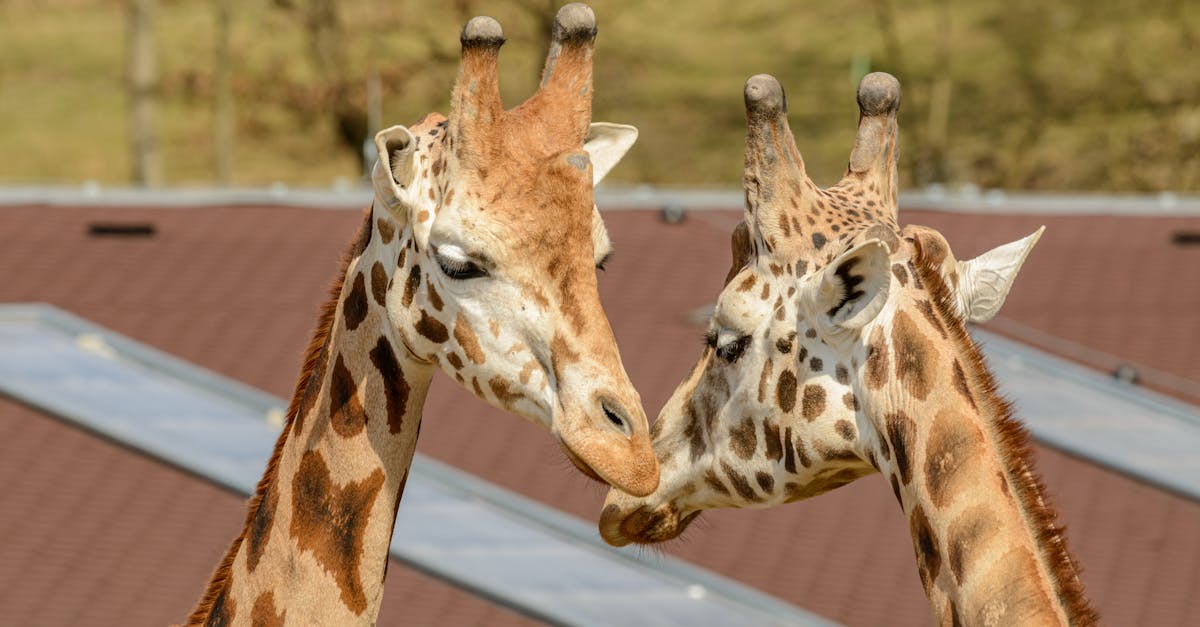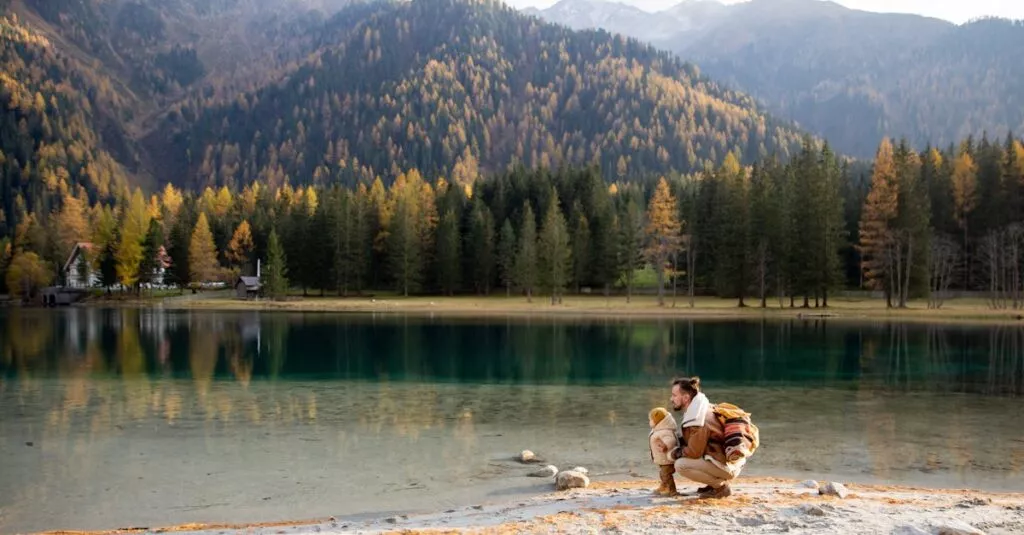Getting Started: Gathering Supplies
To kick off your wildlife photo book project, you’ll need the right tools. Gather a decent camera—the one on your phone works!—notebooks, pens, and perhaps a field guide for wildlife. Make this a fun shopping trip with your child. Let them pick out their supplies. This step sets the tone for teamwork and anticipation. The preparation phase is not just practical; it’s a bonding activity. It also builds excitement. Keep things light-hearted! Remember, the tools don’t need to be fancy; they just need to work for you.

Choosing Your Wildlife Spots
Next, decide where to photograph wildlife. Parks, nature reserves, and even your backyard can be full of wonders. Let your child help choose the spots—it adds to the thrill! Do some research on the types of animals you might encounter. Make a list and turn it into an adventure! Talk about safety and respect for nature. This teaches responsibility and enhances the experience. Selecting locations together builds excitement, turning each outing into a mini expedition.

Photography Tips for Kids
Time to snap those photos! Teach your child the basics: hold the camera steady, focus on the subject, and be patient. Encourage them to get creative from different angles. Make it a fun contest—who can get the best shot of a squirrel? Praise their efforts, regardless of the outcome. This boosts their confidence. Join in the fun and try taking some silly shots together. Kids learn best when they’re having fun. Remember, some of the best photos come from the most unexpected moments!

Encourage your child to explore their creativity through photography. These early experiences can develop into a lifelong passion.
Organizing Your Photos
Once you have a collection of photos, gather them together. This sorting process teaches organization. Let your child choose their favorite moments. Use folders on your computer or a physical photo album to sort them. Discuss why some photos are special. This promotes critical thinking and storytelling skills. Make it a relaxing evening activity, perhaps with some snacks and music. The goal is to make this step enjoyable, not a chore. A well-organized collection makes the next steps much easier.
Creating Captions and Stories
Now it’s time to add some personality to your photo book with captions and stories. Sit down with your child and recall the moments behind each photo. What was happening? How did you feel? Use these memories to craft fun and educational captions. Let your child take the lead; this boosts their writing skills and creativity. Help them add facts about the wildlife they photographed. This educational twist makes the book more meaningful. Adding a personal touch to each photo makes the book special.

The Joy of Sharing Your Photo Book
Sharing your finished photo book is a proud moment. Show it off to family and friends. Let your child present it—they’ll love being the star. Consider making digital copies to share online or even printing extra books as gifts. Celebrate the completion of your project with a small party or special outing. Reflect on what you learned and enjoyed. This reinforces the positive experience. The process and the result are equally important. Sharing your work with others brings the project full circle.

